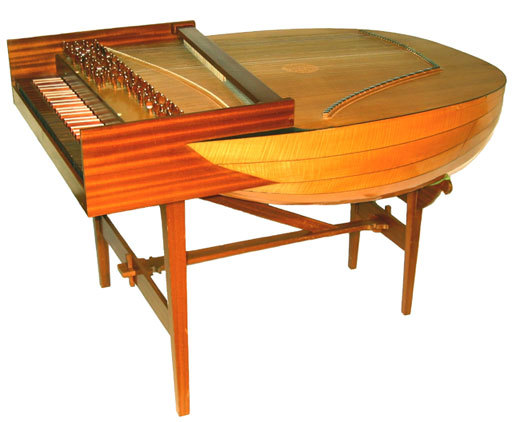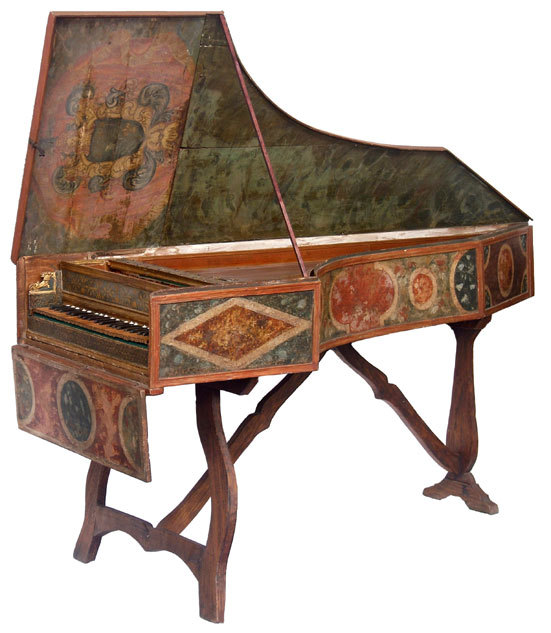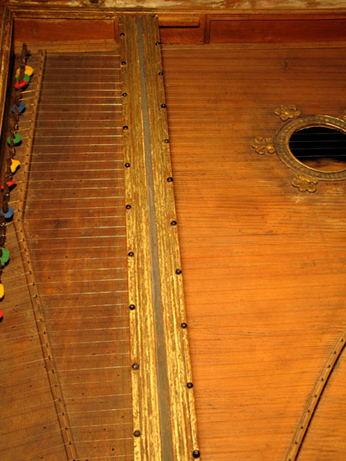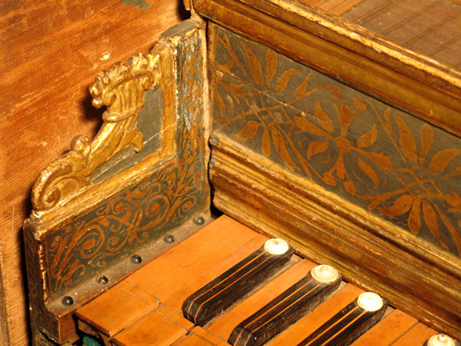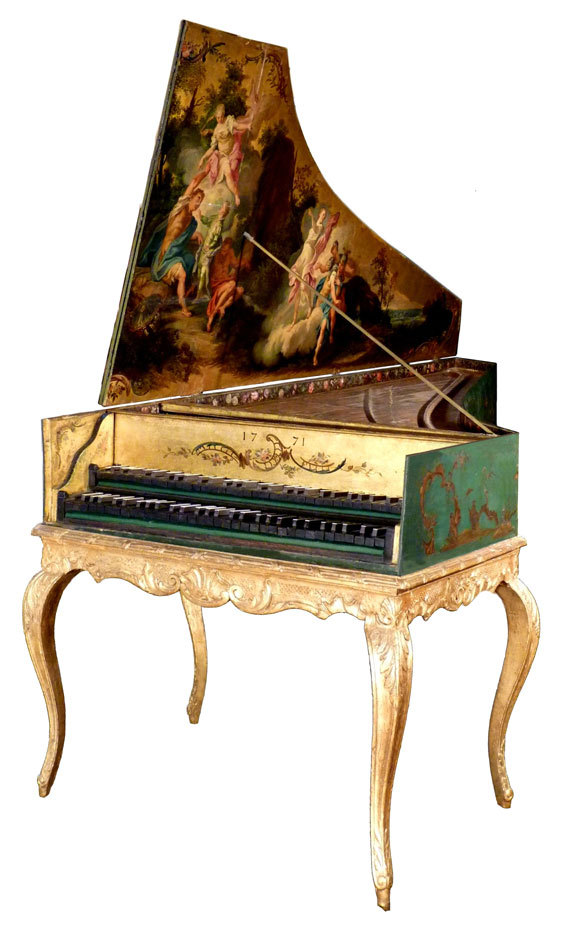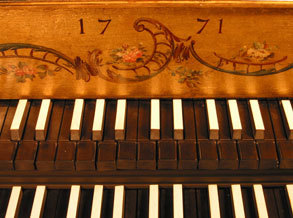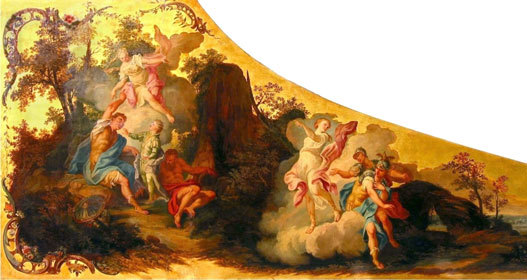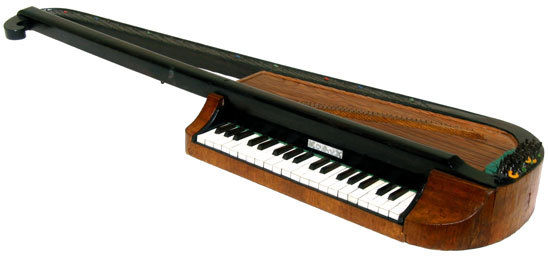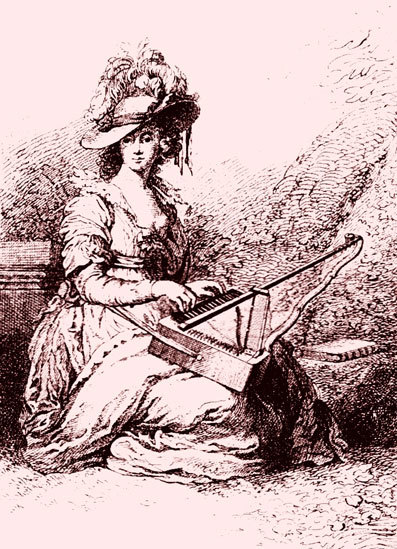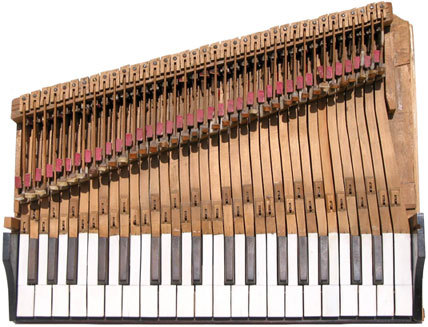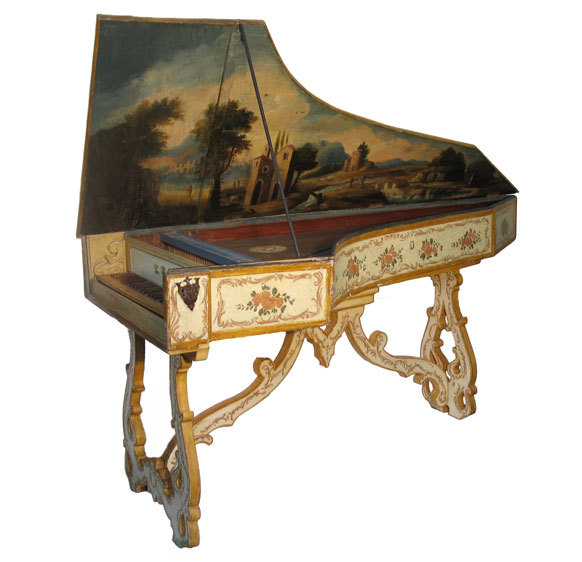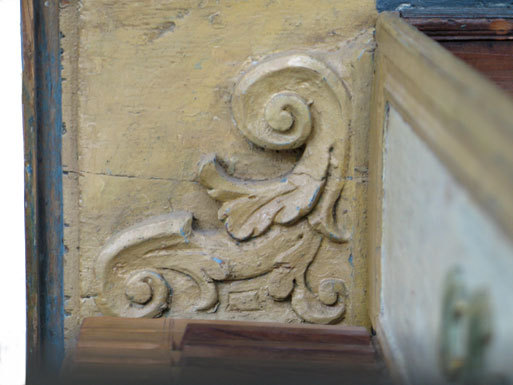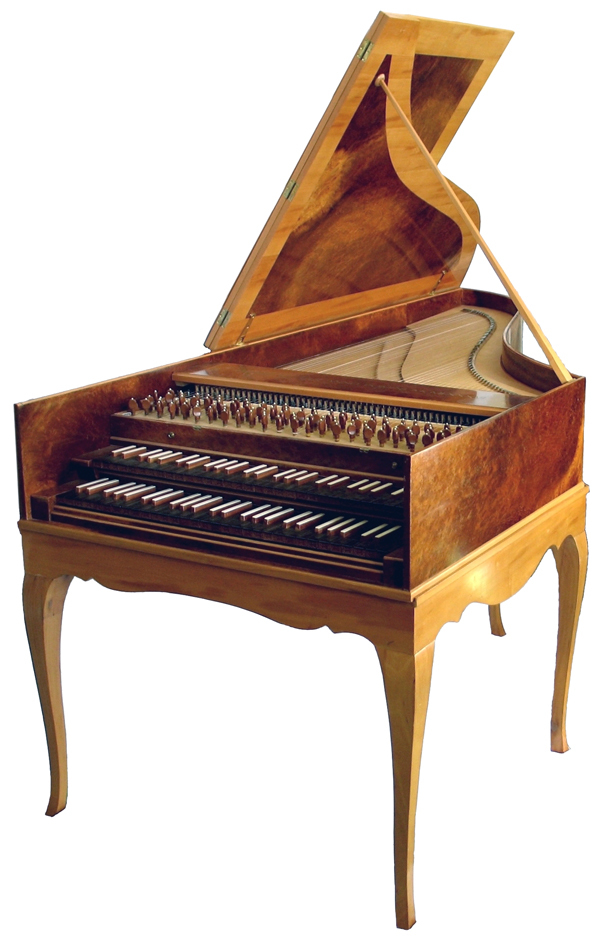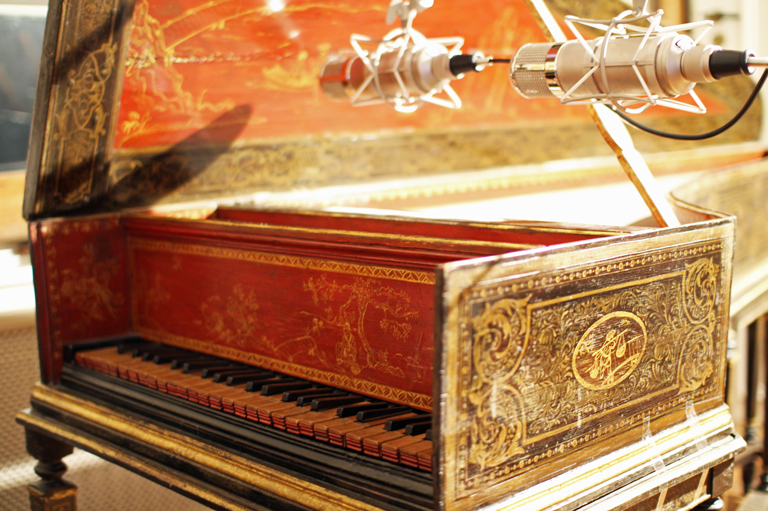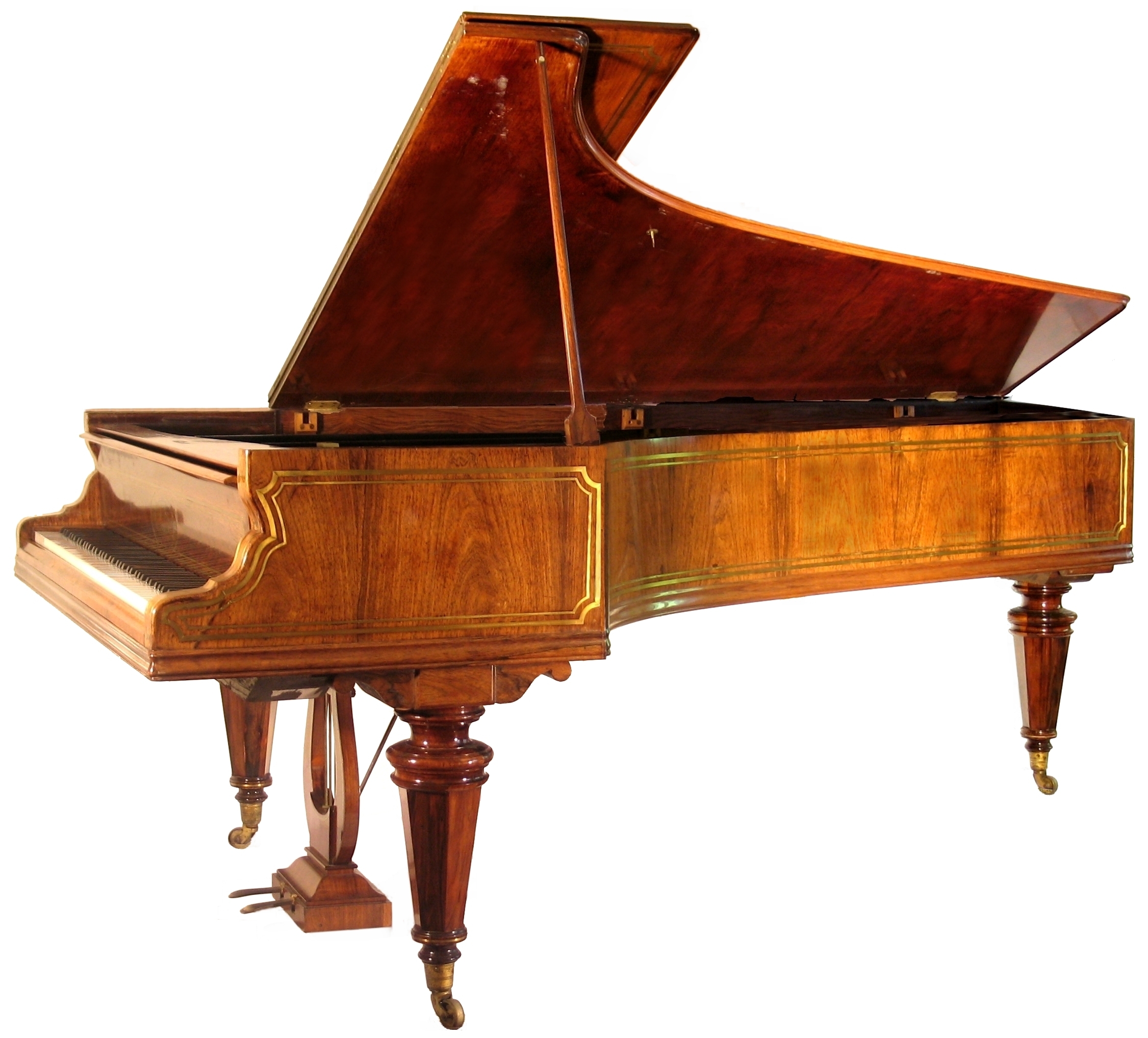Home Edition Beurmann German Lautenwerck - Edition Beurmann
Home Edition Beurmann Italian Harpsichord II - Edition Beurmann
Home Edition Beurmann French Harpsichord - Edition Beurmann
Home Edition Beurmann Orphica Piano - Edition Beurmann
Home Edition Beurmann Italian Harpsichord III - Edition Beurmann
Home Edition Beurmann German Theorbo-Harpsichord - Edition Beurmann
Home Edition Beurmann Austrian Harpsichord - Edition Beurmann
Home Edition Beurmann Swiss Grand - Edition Beurmann
Customers who bought this product also bought
|
|
|
|
|
|
|
* Prices plus VAT, plus delivery
Browse these categories as well: Edition Beurmann, Home page
Customers who bought this product also bought
|
|
|
|
* Prices plus VAT, plus delivery
Browse these categories as well: Edition Beurmann, Home page
Customers who bought this product also bought
|
|
|
|
|
|
|
* Prices plus VAT, plus delivery
Browse these categories as well: Edition Beurmann, Home page
Customers who bought this product also bought
|
|
|
|
|
|
|
* Prices plus VAT, plus delivery
Browse these categories as well: Edition Beurmann, Home page
Customers who bought this product also bought
|
|
|
|
|
|
|
* Prices plus VAT, plus delivery
Browse these categories as well: Edition Beurmann, Home page
Customers who bought this product also bought
|
|
|
|
|
|
|
* Prices plus VAT, plus delivery
Browse these categories as well: Edition Beurmann, Home page
Customers who bought this product also bought
|
|
|
* Prices plus VAT, plus delivery
Browse these categories as well: Edition Beurmann, Home page
Customers who bought this product also bought
|
|
|
* Prices plus VAT, plus delivery
Browse these categories as well: Edition Beurmann, Home page





